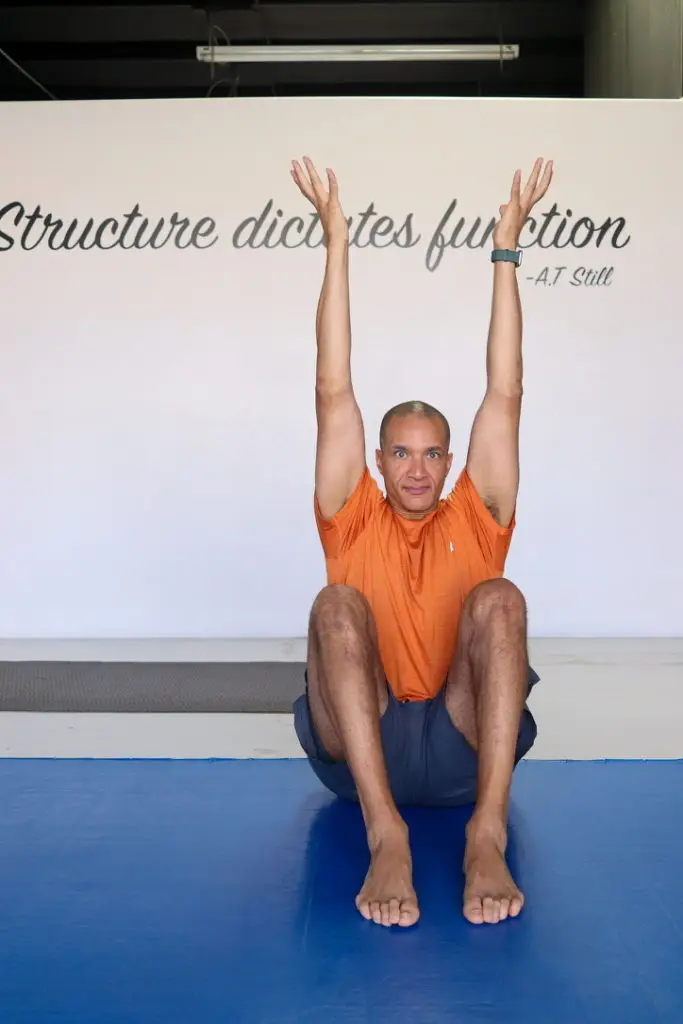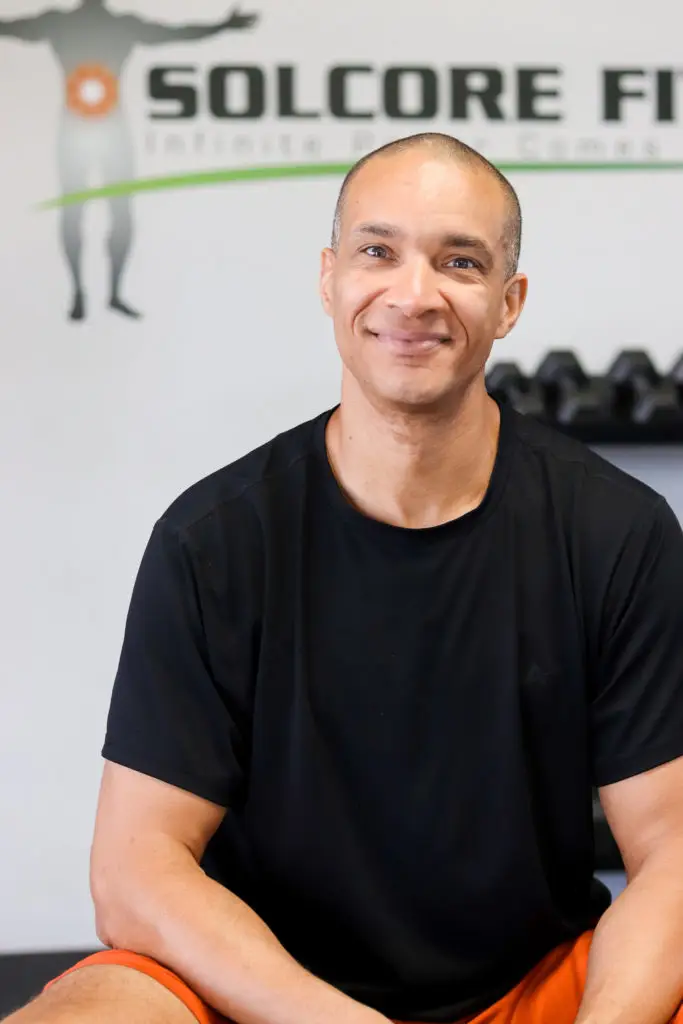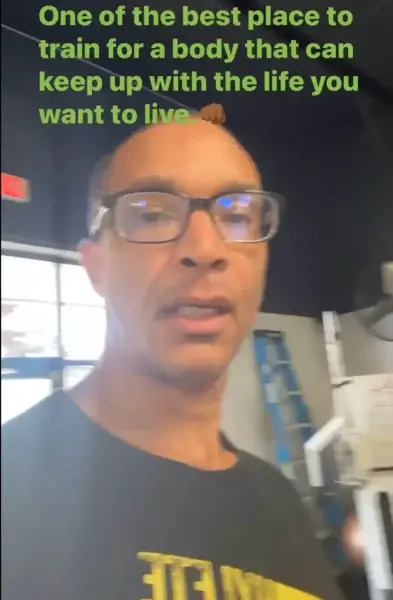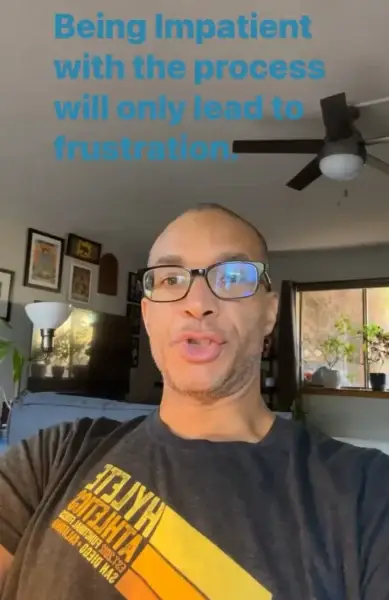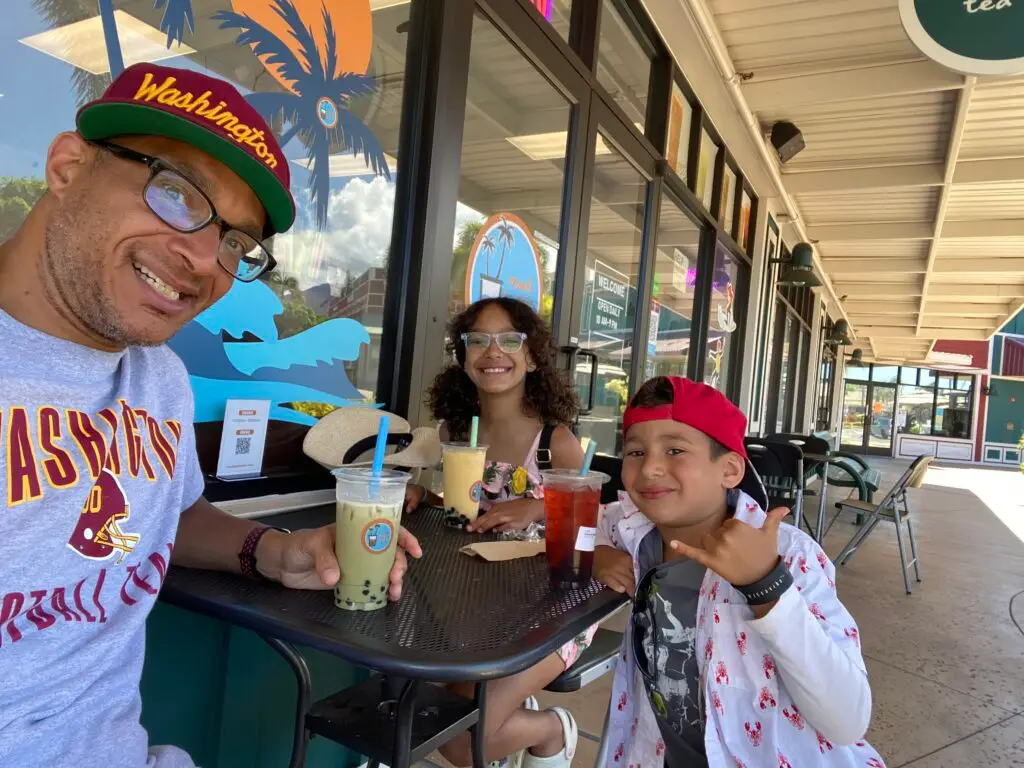
Most people hit the gym or roll out the yoga mat with good intentions. You want to get stronger, feel better, prevent pain, or look a little more like your best self in the mirror. But what you do in the name of “health” doesn’t always lead to health!
I’ve seen it firsthand, time and again. A client comes in, confused—”I’m following the routines I see in magazines, but my knees are getting worse,” or, “My back hurts after yoga, even though everyone tells me it’s supposed to help.” Every time, the problem isn’t willpower or effort. It’s that not all exercises serve all bodies—and real harm can happen when the wrong movements are forced.
Let’s look at two stories. Months back, I worked with a runner—we’ll call him Mike—who started coming to me for knee pain. Mike powered through marathons, even as a swelling lump formed on the inside of his knee. Instead of seeking an expert, he popped painkillers, got a cortisone shot, and ran harder. Finally, when the swelling forced him to limp, he had to stop. What was the core issue? Mike’s running form was repetitively compressing and twisting the knee joint, causing inflammation in the small plica folds. Even a “harmless” strength move he’d copied from a YouTuber—heavy leg extensions—compounded the irritation.
Similarly, another client (a retired teacher, let’s call her Anna) suffered from cervical instability and a family history of heart disease. Yet every morning, driven by her online instructor’s example, she did deep neck stretches, holding headstand-like inversions. For Anna, those movements meant excessive pressure on already weakened joints and arteries, risking severe complications beyond simple soreness.
Why This Happens More Than You Think
Much of our exercise culture is based on “what’s trendy,” passed-down gym routines, or social media demonstration—rarely on what’s safe (or necessary) for each unique body. What’s considered “universal” for mobility or strength can be the wrong fit: knees that collapse on squats when the hips are weak, necks twisted when posture and strength aren’t there, or overly aggressive stretching on hypermobile bodies.
Even experienced practitioners can overlook the subtle signals—mild aches, swelling, post-exercise tension—mistaking them for harmless “burn.” But these warning lights, if not addressed, evolve into bigger problems: torn ligaments, chronic pain, headaches, or even heart issues.
How to Tell What’s Good for You
Rule #1: Pain or persistent discomfort is never just “normal.” It’s your body’s alarm system. The deeper lesson: what’s safe is deeply individual.
A movement pattern that helps one person might wear down someone else. For example:
- Forward bends can compress discs if you have lumbar instability.
- Ballistic stretching can provoke nerve irritation or muscle tears, especially in tight, repetitive movers.
- Holding inversions like shoulder-stands for “neuro health” can cut off nerve or blood supply in folks with vascular conditions.
This is where assessment and biomechanical knowledge come in. A movement has to be good for your body—not just popular.
What You Can Do Right Now
- Get a simple movement screen (with a professional) before radically changing your exercise routine.
- Pay attention: Is pain local, referred, sharp, or persistent? Don’t “tough it out.”
- Adjust—there’s always a modification or alternative.
- Track swelling, redness, or loss of mobility (in the knees, neck, spine, shoulders) as early warnings.
- Never ignore contraindications—e.g., family heart disease, joint instability, history of injury—or push them under the rug.
Why Osteopathic Manual Therapy Makes a Difference
What sets apart a specialist in Osteopathic Manual Therapy? This practice combines precise movement assessments and hands-on techniques to restore healthy function, not just build muscle. An osteopathically trained expert will look at joint integrity, soft-tissue balance, posture, and how everything connects—from ankles to neck. They target root causes: subtle imbalances that, if left unchecked, turn into the big injuries nobody wants.
When you work with a pro, you learn the “why” behind each adjustment, which exercises really promote health, and—most importantly—what you personally should avoid. It’s about proactive support, not reactive “fixes” post-injury.
Remember:
- Don’t get stuck following what works for someone else.
- Know your structure. Modify based on your body’s signals.
- Prevention is always less painful—and cheaper—than correction.
Ready to ensure your fitness actually supports your health? Start by exploring the difference with genuine osteopathic manual therapy, and get a tailored map for your body, not a generic chart.
It’s not just working out, it’s building a foundation for a better life.
Find out more @




